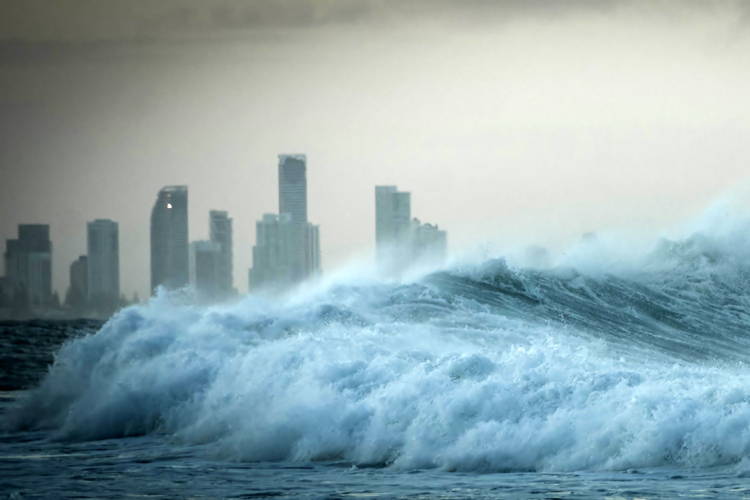Weather disasters can strike anywhere, at any time. While preventing a natural disaster can be difficult, a modern state-of-the-art severe weather tracker can mitigate their effects on human communities. Here are three disasters and suggestions on how superior weather tracking could have saved money and lives.
1. The Joplin, Missouri, Tornado
On May 22, 2011, an EF5 tornado touched down near Joplin, Missouri. Starting at 5:34 p.m., the tornado cut a mile-wide path of catastrophic destruction for several miles, damaging most of the town.The tornado lasted only 38 minutes, killing 158people and causing more than $2.8 billion in damages. That’s about $74 million in damages and four deaths per minute.
Dangerous weather strikes fast, and the faster the updates, the safer the community. Earlier alerts can save more lives. The more weather stations available, the earlier alerts can go out.
2. The Yellowstone Fires of 1988
Lightning, not human activity, started and accelerated one of America’s most famous forest fires. The June-November 1988 fires in and around Yellowstone National Park burned nearly 800,000 acres – a larger area than Rhode Island.
Lightning sparked most of the 250 fires. Tracking lightning and anticipating strikes could have helped the National Park Service fight the fires more effectively, predicting where a new fire might start in the dry forests and directing firefighters accordingly.
3. Hurricane Katrina
With more than $125 billion in damages, Hurricane Katrina ranks as one of the deadliest and costliest natural disasters in American history.In August 2005,Katrina came ashore near New Orleans, its storm surge cresting the city’s levees. Eventually more than three-quarters of the city flooded. As it did, some areas were submerged faster than others.
Emergency responders often have limited people and resources, and they need to be at the most critical spots at the most critical times. The fastest, most accurate, and most up-to-date meteorological models can help direct first responders to places where flooding will occur first and/or worst.
Make Your Community Safer With Fast Alerts
Industrial weather stations can alert authorities to dozens of weather conditions, including rain, humidity, snow, and lightning. When seconds matter, choose the most comprehensive meteorological system.
